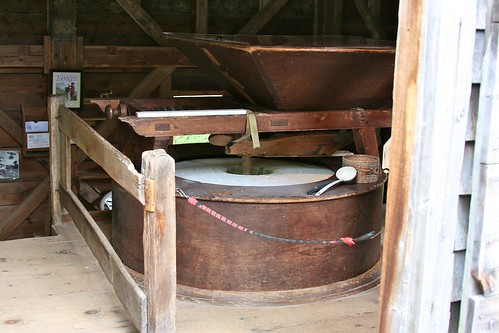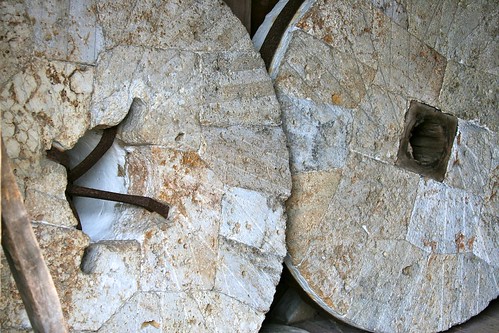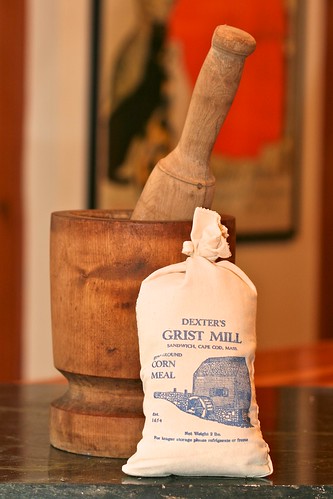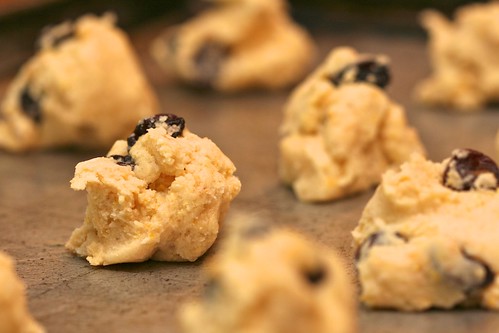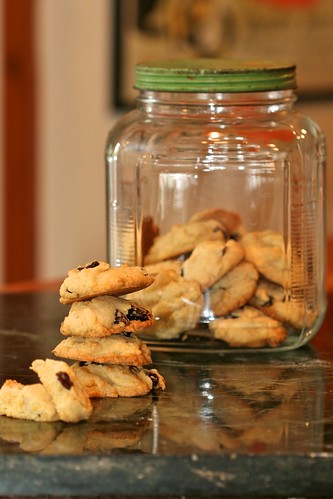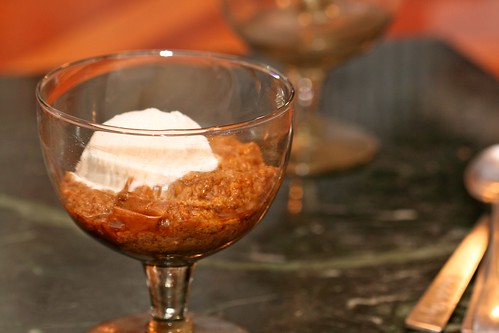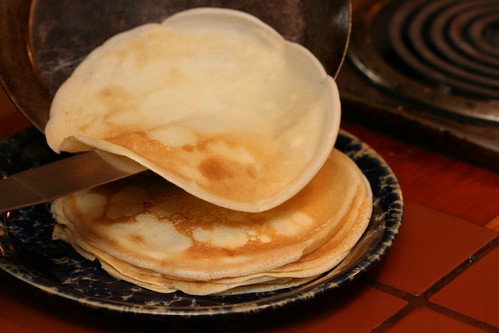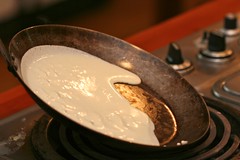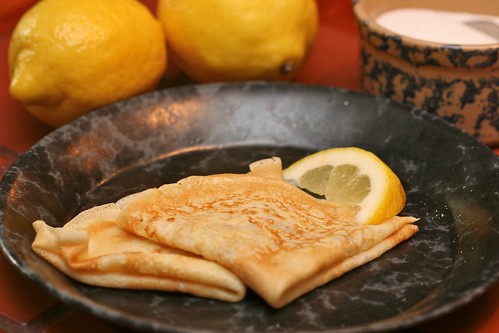I have good memories of my childhood summers on Cape Cod. My father would run on the beach while I turned cartwheels beside him. The frigid water never dissuaded me and my sister from swimming in the rough surf of the Atlantic until our lips were blue and our skin covered in goose bumps. We'd run up and down the sand dunes to warm up and search for treasures on the beach during low tide. The beach is a magical place for a child.
Roman and his cousins equally loved romping in the cold water of Cape Cod Bay. After last year's Sardinian vacation, it was nice to introduce our boy to a taste of my past much closer to home.
During any given week on a New England beach, whether in June or August, a combination of sunshine and a few days of rain and cold are to be expected.
Lucky for us, the town of Sandwich, Massachusetts, has much to offer beyond ocean. As the oldest town on Cape Cod, you can step back in time as we did when we visited Dexter Grist Mill, functioning since 1654.
This working mill features a 54 inch French millstone. I bought a bag of freshly ground cornmeal and eagerly imagined how good it would taste in the recipes provided by the mill.
Organic and preservative free, it's highly perishable and must be kept dry and cold. I've never seen cornmeal with a comparable texture and flavor.
Visiting the Mill got me thinking about how much harder life was 400 years ago. People had none of the ease of living that we know today. It makes me think people didn't complain about petty things that we find annoying in our every day life, and that folks were just tougher all around. When I went to make the cornmeal cookies, I wondered how long it would take me if I actually creamed the butter and sugar by hand, and that to do so would likely be the most challenging household chore of my day.
The refined sugar we know today was not available back then anyway. And the "hasty pudding" that takes 3 hours in a conventional oven would have required a lot of chopped wood to feed the fire in order to slow-cook a pudding. I can't say with certainty that America's earliest settlers actually ate these dishes. As people who suffered many hardships and bathed only once a year, they would have envied the ease with which I casually whipped up not just one, but two rich desserts and then gave Roman a heated bath just by turning on a faucet.
The correct name for hasty pudding is "Indian pudding," a traditional New England dessert. Although it's tempting as a hearty winter dessert with the molasses, ginger and cinnamon combination, it works equally well served in the summer, eaten cooled and topped with ice cream. If you're eating it on Cape Cod on one of those cold, gray days, you just might prefer it warm.
Recipes created by Ethel Goralnick for Dexter's Grist Mill Stone Ground Cornmeal
Cornmeal Cookies
Makes 24
The coarsely ground meal gives these a pleasant crunch. I used very plump and fresh raisins so there was no need to soak them first.
3/4 cup butter at room temperature
3/4 cup sugar
1 egg
1 1/2 cups all purpose flour
1/2 cup cornmeal
1/4 teaspoon salt
1 teaspoon vanilla
1 teaspoon baking powder
1/2 cup raisins
Preheat oven to 350. Cream the butter and sugar together (I used a Kitchen Aid). Add egg and beat. Mix in dry ingredients, adding raisins last. Drop onto a greased cookie sheet, and bake for approximately 15 minutes, until lightly browned.
Baked Indian Pudding
Serves 5-6 people
I used 2% milk (part-skim) and the result was still very rich. I would not recommend skim or fat free milk, however whole milk would be appropriate for this dessert. Top with highest quality vanilla ice cream or cream.
3 cups milk
4 tablespoons cornmeal
1/3 cup molasses
1 egg (beaten)
1/4 teaspoon salt
1/2 teaspoon ginger
1/2 teaspoon cinnamon
1/2 cup sugar
butter, size of walnut
1 cup milk
Heat the milk in a heavy bottomed sauce pan. Mix together the cornmeal and molasses and stir into the hot milk. Cook until it thickens, stirring constantly to prevent scorching. Remove from heat and stir in egg, salt, ginger, cinnamon, sugar and butter. Mix thoroughly. Pour into a buttered baking dish and bake 1/2 hour at 300. Pour remaining one cup of milk over the pudding and continue to bake for another 2 hours. Serve warm or at room temperature.







